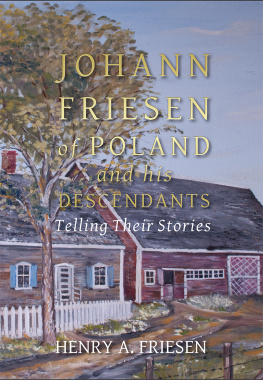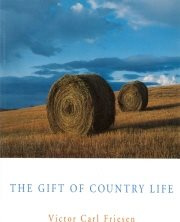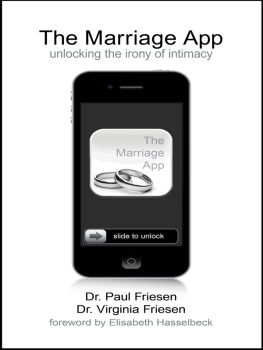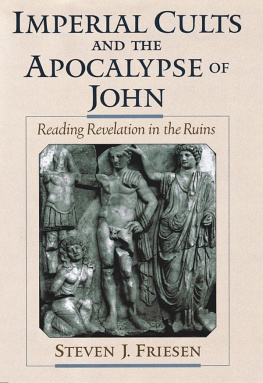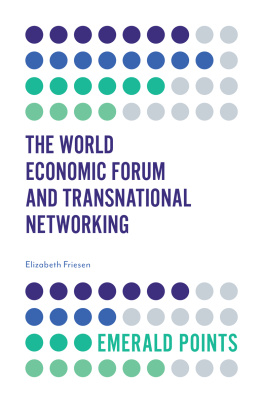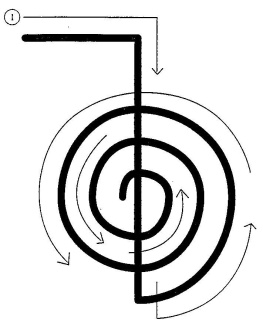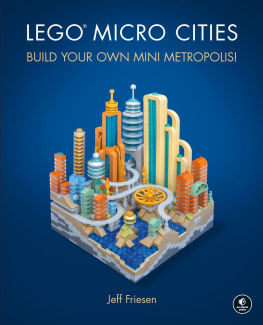Johann Friesen of Poland
and His Descendants
Telling Their Stories
Henry A. Friesen
Henry A. Friesen 2014
All Rights Reserved. No part of this publication may be reproduced, stored in a retrieval system, or transmitted, in any form or in any means by electronic, mechanical, photocopying, recording or otherwise without prior written permission.
ISBN: 978-1-928169-43-7 (paper)
ISBN: 978-1-987878-00-4 (EPUB)
ISBN: 978-1-987878-01-1 (mobi)
Cover Design: by McNally-Robinson.
Cover Photo: by Elizabeth Friesen. Photo is of a painting by Henry P. Friesen.
Author photo: Christan Friesen
Text Design: Henry A. Friesen and Justine Friesen Foxall
E-book conversion by Human Powered Design
Maps: Reproduced by permission from the Mennonite Historical Atlas by William Schroeder and Helmut T. Huebert, (Winnipeg: Springfield Publishers), 1996.
Some are bound for happiness,
Some are bound to glory
Some are bound to live with less,
Who can tell your story?
From See the Sky About to Rain by Neil Young
Contents
Authors Notes and Acknowledgments
There are several challenges that I encountered in my writing of the Mennonite family stories that follow. The first of these is language, both written and spoken. When the Mennonites moved from the Netherlands to Poland in the 16th to 18th centuries, they used Dutch as their formal and written language. For those centuries the church hymnbooks and the religious services, for example, were in Dutch. Due to the proximity of German culture and readily accessible German books, High German took the place of the Dutch language the longer they lived in Poland. This change accelerated in the latter part of the 1700s when Prussia took control of areas, in the Vistula Delta region, where many Mennonites lived. By the time the Mennonites moved to New Russia from Poland (at the end of the 18th century) they were using High German as their written language and in their religious services and during the more than 100 years they lived in Russia, they continued to do so. As a community, they in fact identified more with German culture during the 18th century than with the surrounding Russian culture.
The spoken language for the Mennonites in Poland, however, was predominantly Low German or Plautdietsch , a language that has its roots in Poland. Mennonites adopted this language during the years they lived there and it has remained a constant throughout their history even up to the present.
The second challenge in writing these Mennonite stories is also connected to language and has to do with words that carry a nuanced meaning. I have chosen to italicize words that come from a language other than English and to explain their meaning in parentheses or an endnote when the context does not make it clear. I have also used the German spelling for place names unless of course it occurs in a quote in those cases I have left the words as the writer wrote them.
The repeated personal names in subsequent generations created another challenge for me in writing this book. The first thing I have done to help make clear which individual I am writing about is to stay consistent within each chapter. So, for example, Jacob J. Friesen refers to the Jacob Friesen born in 1884 and in the chapter about his family I refer to him as Jacob J. When it is not clear who exactly is being referred to or when an earlier or later individual with the same name appears in a different chapter, I have added his or her birth year in parentheses.
The name Isbrandt/Isebrandt/Isbrand is a special case and deserves further explanation. I have chosen to follow the spelling that the Genealogical Registry and Database of Mennonite Ancestry (GRANDMA) database uses because that is a common reference source for many who work on Mennonite family histories. Isbrandt refers to the ancestor who was born about 1765 in Poland and who moved to South Russia while Isebrandt refers to his son, born in 1797 and Isbrand refers to his grandson who was born in 1822. In the case where a quoted author spells a name differently from how I have chosen to spell it, I have left it as the original writer wrote it.
Place names can also be confusing when writing about families who move from one area to another and from one country to another particularly when the names of the countries change! The earliest ancestor in these stories, Johann Friesen, lived in Poland. Prussia annexed the part of Poland where Johann lived in the late 1700s and therefore it is fair to say that Johann and his family lived in Prussia. When Johanns son Isbrandt and his wife Katharina moved to Russia, they went to its newly acquired territory sometimes called South Russia or New Russia. The current name for this geographic region, Ukraine, did not come into popular use until a century or more after the Mennonites first immigrated to this part of Russia. I have primarily used the term New Russia but have also used southern Russia or simply Russia to designate the area where Johanns descendants lived.
The surname Friesen is also a matter of debate as some family historians and genealogists use von Riesen for at least one or two of the individuals mentioned in this book. Several of the sources I cite in the appendices, including my ancestor Abram I. Friesen, suggest that the von identifies someone of nobility and that our ancestor out of humility dropped this title. This may well be true but on the official documents, the von is not there for the Johann Friesen line. It is my hope that these explanations will help the reader and allow her or him to both understand and enjoy the stories more.
While I have always had an interest in both my Friesen familys history and its genealogical data, it is only in my later adult life that I have taken it seriously enough to attempt a thorough record of names and dates and to undertake a telling of their stories such as this book represents. Most of my best genealogical information came initially from my Uncle Jacob W. Friesen (b. 1909) who graciously copied more than 30 typed pages of names and dates that he had compiled during the latter part of his life and sent them to me. This was a wonderful gift and propelled me to get a computer program into which I could enter this information. It also prompted me to look for other sources and in this way to further my genealogy research.
My Uncle Ben Friesen (b. 1928) also helped me in my ancestral quest when he suggested I get the Reinlnder Gemeinde Buch 1880-1903 edited by John Dyck and William Harms and available through the Mennonite Heritage Centre in Winnipeg. The names and dates of births, deaths and marriages found in the church records contained in this book helped me make a connection between numerous individuals in my family tree and suggested further lines of enquiry.
As to the stories behind the names and dates, I was very much helped by a number of translated letters and written material from some of the Friesen forefathers that my Uncle Jacob W. Friesen preserved and translated. Further help for the stories came from conversations with my own father, Henry P. Friesen (b. 1917), who at times confirmed details and at other times added bits of information or explanations that filled in some gaps in my understanding. I must also thank various aunts and uncles for their stories, particularly my Aunt Katherine Rempel ne Friesen who was most helpful in fleshing out some of the details about the Friesens of her generation. I am grateful to all of these individuals.
In recent years the internet has of course been a source of more information. To my chagrin, it is possible to type in the name of the earliest of my ancestors, Johann Friesen or von Riesen, and get much of the genealogical information that took me hours to obtain and even more to organize and enter into my first Personal Ancestry File genealogical program. Ruth M. Friesen, for example, has put her large genealogical body of work on a website; it includes my earliest known ancestor as well as 28 or so other Friesen lines! The greatest source of genealogical information for me at this point though is the GRANDMA cd whose seventh version has well over one million Mennonite related names.

